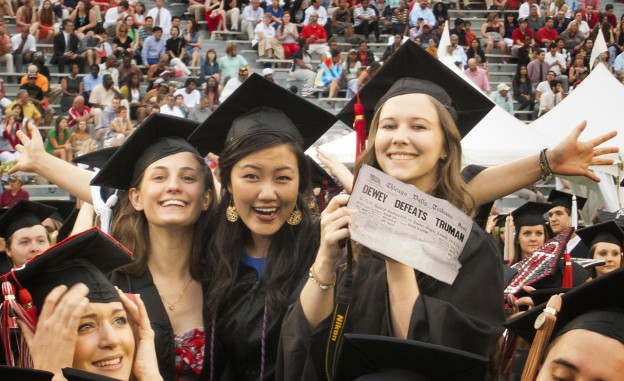A deadline is approaching. As the seconds run out on this very minute, you need to meet that deadline with a new photo to feed your blog or social media stream. And then there it is — a stunning moment of humanity, legally available to you and sure to generate more traffic than you’ve ever had.
In the back of your mind is that old journalism professor who hollered at you on day one, “If your mother says she loves you, check it out!” You also remember that photographs never lie, but photographers do … and as the doubt creeps in, someone else grabs the image and runs with it.
Hours, days or weeks later that image is found to be a fraud, a fabrication, a compilation of multiple moments and you were moments away from being swallowed into the frenzy, fooled by a photograph.
How do you prevent that from happening?
Software Solution for Image Validation?
Every journalism instructor and student should be consistently mindful about how easily images can be faked and how badly that can misrepresent a situation. Incorporating simple practices into your teaching and learning can keep you from becoming the next unwitting victim of a digital scam.
Emerging technologies are one important step. According to a recent New York Times Lens blog post by Rick Gladstone, a Dartmouth College professor has a new piece of online software that can help you detect when an image has been altered. Dr. Hany Farid’s Izitru (pronounced “is it true”) runs a series of tests and gives images a trust rating.
So I fed it three images. The first, straight out of my smartphone, cleared it easily. The second image I sent it had been cropped and toned lightly, well within any professional’s ethical comfort zone, and it came back with a yellow, “Potential file modification” warning (see image below). Which was true and comforting. It was picking up alterations.

Then I took an image, sliced it up, moved it around rather haphazardly and fed it into Izitru, where it warned me there was, again, a “Potential file modification.” (See image below.)

The system appears to work fine so long as you have been told you have an original, unedited image. But if any normal image editing has happened, such as a simple crop, it’s going to flag the image as if it were the same as having been heavily altered.
It’s a first step, but it should never be the final one for a journalist. Our credibility is on the line with everything we publish. If our audience doesn’t trust us, they won’t come to us. So who do you trust when it comes to images?
- Your own images are the only ones you, as an individual, can completely have faith in not being manipulated. (Assuming, of course, that you care about ethics and aren’t altering either the file after it’s been made or the situation before it’s been made.)
- Staff photographers should be the next most trusted, as they have a vested interest in your organization’s survival. There are times when they fail, sometimes terminally, but they’re your second line of security.
- Long-term contract photojournalists, people who you have built a relationship with over time and you believe want to continue that relationship, would come third. There’s no guarantee that they won’t fail you or succumb to outside pressures, though.
After that you have to be very, very careful. Photos that come from public relations agencies that represent major corporations should be ethically safe, but they are promotional images, not journalistic ones. There may have been no digital altering, but what happened before the image was captured? Was the scene directed? How were the subjects chosen?
Social Media and Submitted Images
Reader-submitted photos and those collected from social media feeds are the most complex. On the surface, many of these people have little to gain by trying to sneak a manipulated image into a news organization’s publications. They also have the least to lose by doing so and should face the highest degree of skepticism.
When you have images from unknown sources, ask yourself these questions:
- Does the image look credible? This sounds obvious, but look at how the light and shadows are working around all of the elements within the frame. Does it look like there has been excessive lightening or darkening of any areas? Does the light appear to be coming from the same direction?
- Who gains or loses by getting this image published? How does it affect the stakeholders in the story?
- What do you know about the source? Can you contact them directly, get them on the phone, talk with them via Skype? Hearing their voice and seeing their face will go a long way toward establishing their credibility.
- Who else knows the source? If the photo has come from Twitter or Facebook, look at who they are routinely having conversations with and check with them.
- Is it possible they could have created this image? Look at their social media history for clues. If their account is new or has never had a photo posted to it, get suspicious.
- Are there other similar reports or images that corroborate what you’re seeing in this image? With so many people carrying cameras, the chances of only one person being at a breaking news event now are slim.
Ensuring that what gets published is accurate and truthful is always the publication’s responsibility. Claiming that “we got it from social media” is never a defense for being wrong. After all, no one remembers who got the 1948 presidential election call first, but everyone knows who got it wrong.
Mark E. Johnson is the Senior Lecturer of Photojournalism at the University of Georgia’s Grady College of Journalism and Mass Communication, still shoots a photo every day and comments on visual journalism at VisualJournalism.info. Follow him @markejohnson.

